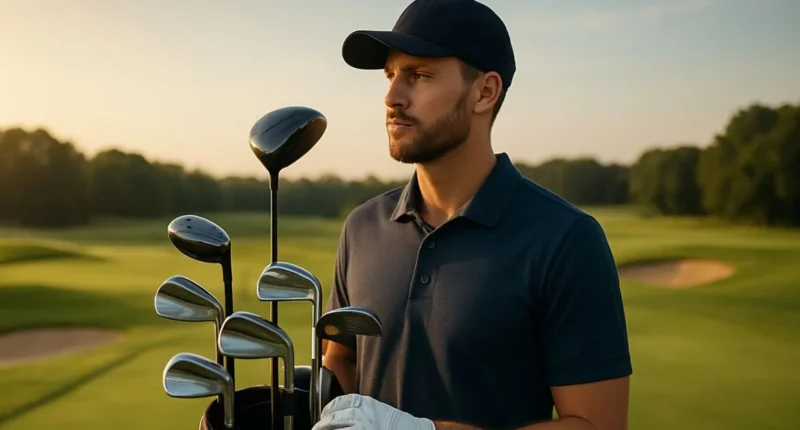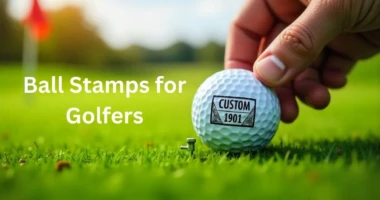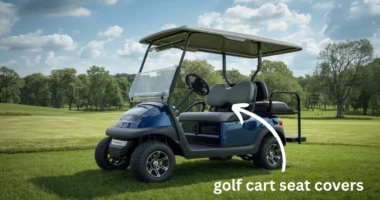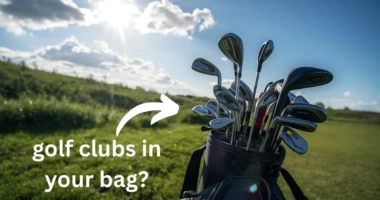When it comes to golf, the stick you hold in your hands can make all the difference between a great shot and a frustrating miss. Choosing the right golf stick (golf club) is not just about style; it’s about matching your skill, swing, and goals on the course.
What is a Golf Stick?
A “golf stick,” commonly known as a golf club, is the essential tool used to hit the ball. Every golf stick is designed for a specific purpose—driving long distances, making accurate mid-range shots, or putting on the green.
Each club has three main parts:
- Grip: The handle where you hold the club.
- Shaft: The long, slender part that connects the grip to the head.
- Head: The part that actually strikes the ball.
Why Choosing the Right Golf Stick Matters?
Many beginners assume all golf sticks are the same, but that’s far from true. Using the right one can:
- Improve your swing accuracy
- Increase distance on long shots
- Boost confidence in the course
- Reduce injuries caused by bad posture or strain
- Make the game more enjoyable
Types of Golf Sticks
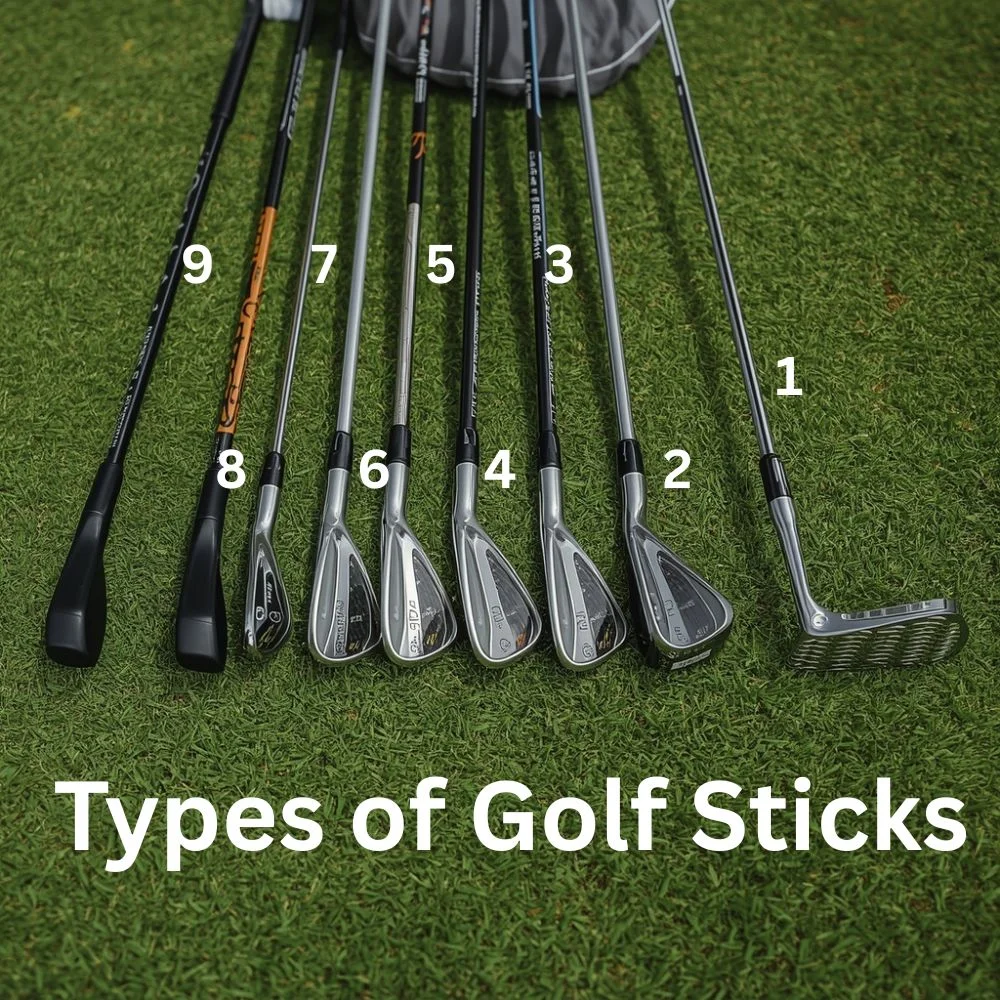
There are different types of golf clubs, each with a unique role. Let’s break them down.
1. Driver
- Used for the longest shots from the tee.
- Designed with a large head for maximum distance.
2. Woods
- Ideal for long-distance shots from the fairway.
- Numbered (like 3-wood, 5-wood) depending on loft.
3. Irons
- Used for mid-range and short shots.
- Numbered 1 to 9, with lower numbers hitting farther.
4. Hybrids
- A mix of woods and irons.
- Easier to hit and forgiving for beginners.
5. Wedges
- Designed for high, short shots.
- Includes pitching wedge, sand wedge, and lob wedge.
6. Putter
- Used on the green to roll the ball into the hole.
- The most important club for scoring.
Factors to Consider When Choosing a Golf Stick
Choosing the right stick depends on a few important factors:
1. Your Skill Level
- Beginner: Go for forgiving clubs like hybrids and cavity-back irons.
- Intermediate: Mix of distance clubs and control clubs.
- Advanced: Precision clubs with more feedback.
2. Shaft Material
- Steel Shafts: Heavier, more control.
- Graphite Shafts: Lighter, more distance, great for beginners.
3. Flex of the Shaft
- Stiff Flex: For strong, fast swings.
- Regular Flex: Balanced option for average players.
- Senior or Ladies Flex: More flexible, better for slower swing speeds.
4. Club Length
- Taller players need longer clubs.
- Shorter players do better with standard or slightly shorter lengths.
5. Clubhead Design
- Cavity Back: Forgiving, great for beginners.
- Blade Design: Precision clubs for experienced players.
6. Budget
- Don’t overspend in the beginning.
- Start with a basic set and upgrade as you improve.
Beginner’s Golf Stick Set – What You Need
If you’re new, you don’t need all 14 clubs allowed by the rules. A simple starter set includes:
- 1 Driver
- 1 or 2 Woods
- 2–3 Irons
- 1 Hybrid
- 1 Wedge
- 1 Putter
This setup gives you all the basics without overwhelming you.
Common Mistakes to Avoid
- Buying the most expensive set as a beginner.
- Ignoring shaft flex and length.
- Choosing style over comfort.
- Not upgrading as your skills improve.
Advanced Tips for Golf Stick Selection
For those improving their game, consider:
- Custom-fitted clubs for your height and swing speed.
- Multi-material shafts for a balance between control and power.
- Specialized wedges for different sand or rough conditions.
- High-MOI (Moment of Inertia) putters for stability.
Custom Fitting: Why It Matters
One of the most overlooked aspects of choosing a golf stick is custom fitting. Many beginners think they can just buy any club from the shelf, but that often leads to struggles in improving their game. Every golfer has a different swing speed, height, hand size, and stance. A custom fitting session ensures that the shaft length, grip size, loft, and lie angle are adjusted specifically for your body and playing style.
For example: a tall golfer might need a slightly longer shaft, while someone with a slower swing speed may benefit from a more flexible shaft. Even grip thickness matters; a grip that’s too small can cause you to hook shots, while a grip that’s too large can lead to slices. A proper fit helps you feel more comfortable and consistent with every swing.
Caring for Your Golf Sticks
After choosing the perfect golf stick, proper maintenance ensures it stays in great shape for years. Golf clubs might look tough, but they can wear out quickly if not taken care of properly. Simple habits make a big difference.
Always wipe down your clubface after every shot to remove dirt, grass, and sand. This not only keeps your club looking new but also prevents debris from affecting ball contact.
FAQs
1. How many golf sticks do I need as a beginner?
A basic set of 6–7 clubs is enough for starters.
2. What is the difference between a driver and a wood?
Drivers are used from the tee for maximum distance, while woods are more versatile for long fairway shots.
3. Do I need a putter right away?
Yes! Putting is a huge part of the game, and the putter is essential from day one.
4. Should I buy used or new golf sticks?
Used clubs are fine for beginners, as long as they’re in good condition.
5. When should I upgrade my golf sticks?
Upgrade when you feel your current clubs are limiting your performance.
Final Thoughts
Choosing the perfect golf stick for your game is all about matching the club to your skill level, swing, and comfort. Start simple, test different options, and gradually build a set that feels like an extension of your body.
